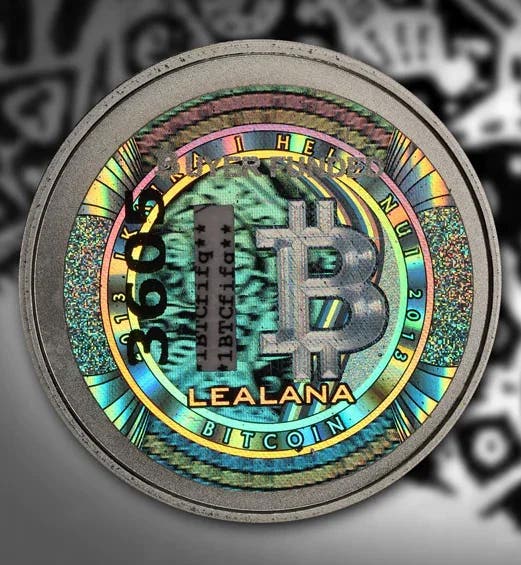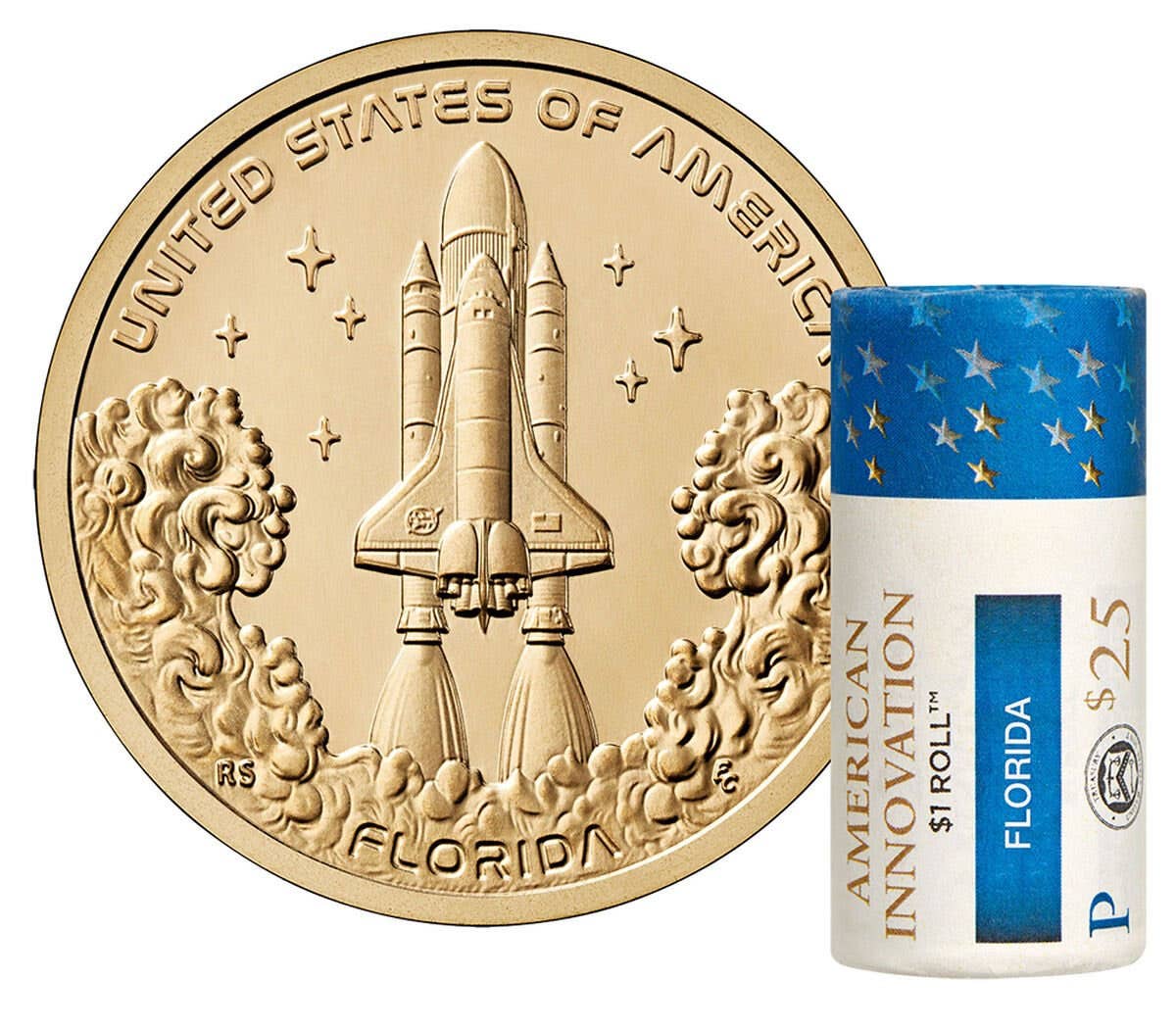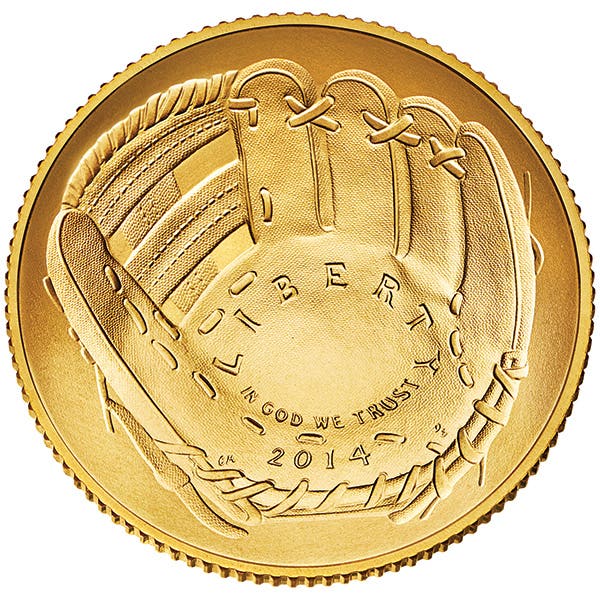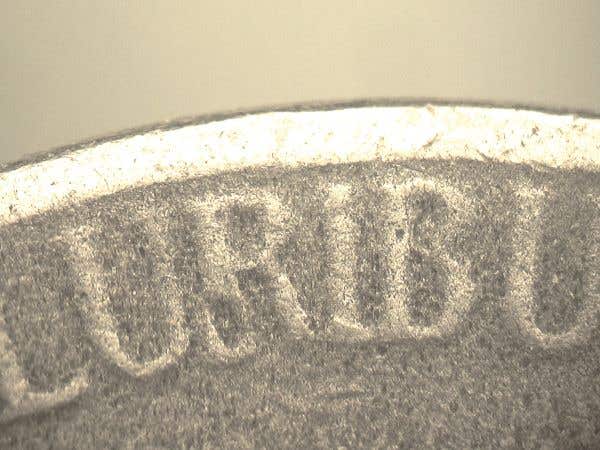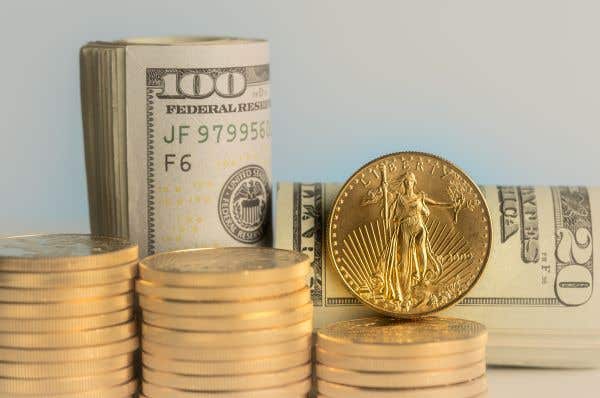Viewpoint: Leave some profit for the little guy
By Harvey Stack I just saw the April 3 edition of Numismatic News and read with great excitement the question you asked: “Coin Surcharges or No Surcharges?” The question was…
By Harvey Stack
I just saw the April 3 edition of Numismatic News and read with great excitement the question you asked: “Coin Surcharges or No Surcharges?”
The question was asked many times before. We both remember the series of commemorative coins issued from 1982 to 1999, each of which had large premiums attached to them. The Mint publicized each issue and promoted them as GREAT HISTORICAL items of limited issue and drew in buyers all hoping to have an asset that would grow in time, for themselves or members of their families whom they may leave them to.
By 1995, the premiums absorbed all the gains that people had invested in, and many of the new issues resulted in dropping in price to half their original cost on the numismatic market.
Having a retail shop, we experienced such dismay when one came in to sell these and we as dealers were accused of grossly underpaying for these coins.
Many just dumped them to the dealers and took large losses. The hobby lost those who might have gone into other series and developed more meaningful collections.
This was the reason I led a group to testify before the House Banking Committee in 1995 to protest the high profits charged by the Mint and the resulting losses sustained by those who bought these earlier.
I was asked by the chairman of the Committee, “Mr. Stack, how would you suggest we remedy this matter?”
I explained that the Mint was pricing coins far above what the market should bear and was earning profits that contributed to the lack of interest, and just stopped buying these basically overpriced coins. No viable second market developed to keep the values high and maintain interest in buying these issues.
I suggested that the way to try to gather respect back from the market and give the buyers a chance at obtaining new issues would be to issue them and sell them at face value. This way, one could start from the change in their pockets and develop an interest in collecting once again.
I proposed that we consider issuing a commemorative issue of quarters, honoring each state as to the date they entered the Union, and it should be called the Statehood Commemorative quarter series.
Of course, I said, the way to do this was to provide these at face value. There was a great acceptance of the idea by all the Congressmen who were present. In 1999, the new series was born.
To the public, it was something new, and they started to save the series as they were issued, many started with those they found in their daily change. (So popular was the series that the Mint tried to profit by the idea and proclaimed to the press that they were responsible for making as many as 175 million new collectors.)
I might add here that if they only made 1 percent of the 175 million, we would have hundreds of thousands of members in the American Numismatic Association, rather than a mere 25,000, and we would need a stadium-sized hall for each and every convention and show each year.
The Mint wanted to show that they listened to Congress and were now helping revive the hobby. To me, I feel that they were guilty, for they never thought of “Statistics do not lie, but liars use statistics.”
But the Mint never gives up trying to show a profit. During the commemorative series, they issued special sets, proof coins and the like, and that was where they would show a profit. They are not supposed to be a profit-making organization, but with all the special issues that they have concurrent with commemorative quarter series, first the Statehood quarter and then the America the Beautiful series, they had the plan to continue profiteering.
Just recently, the issues of the commemorative America the Beautiful series was offered for sale by the Mint direct to the public. They ask $18.50 a roll, and I believed that all the quarter commemorative issues were to be released from the banks and the Mint at face value ($10 a roll).
Nobody I know has called them directly on this, but I believe any profit they make should have been returned to the buyers of these rolls.
I also commend you for the story on the last pages of the Columbian half dollars of 1892 and 1893.
The Mint struck close to 1 million in 1892 and over a 1-1/2 million in 1893. And they sold them for 50 cents over face, or $1 per coin. As you related, this promotion was far in excess of what a collector wanted to pay in 1892-3. The residue was no doubt put into change, and hence so many are around today.
I know from speaking to old-timers years back that when they encounter these at the $1 premium, they rejected most, and those that were still in their desk drawers or piggy banks were spent for 50 cents. They had a 50-cent loss on each one bought during the period in which these were struck and attempted to be sold. 50 cents was a lot of money, and the thought of the loss discouraged many from continuing to think of collecting.
Today it is exactly as the market was at the turn of the century; a premium was not called for to acquire coins at close to or at face value.
According to the information I saw in our Mint’s annual reports, numismatic items have yielded some $3 billion to $5 billion (after all expenses are covered), and that to me is the reason that we, the coin industry, has not grown but has instead diminished in recent years.
This “Viewpoint” was written by longtime coin dealer Harvey Stack, a co-founder of Stack’s Bowers.
To have your opinion considered for Viewpoint, write to David C. Harper, Editor, Numismatic News, 5225 Joerns Dr., Stevens Point, WI 54481. Send email to david.harper@fwmedia.com.
This article was originally printed in Numismatic News. >> Subscribe today.
More Collecting Resources
• The Standard Catalog of World Coins, 1901-2000 is your guide to images, prices and information on coinage of the 1900s.
• Start becoming a coin collector today with this popular course, Coin Collecting 101.




